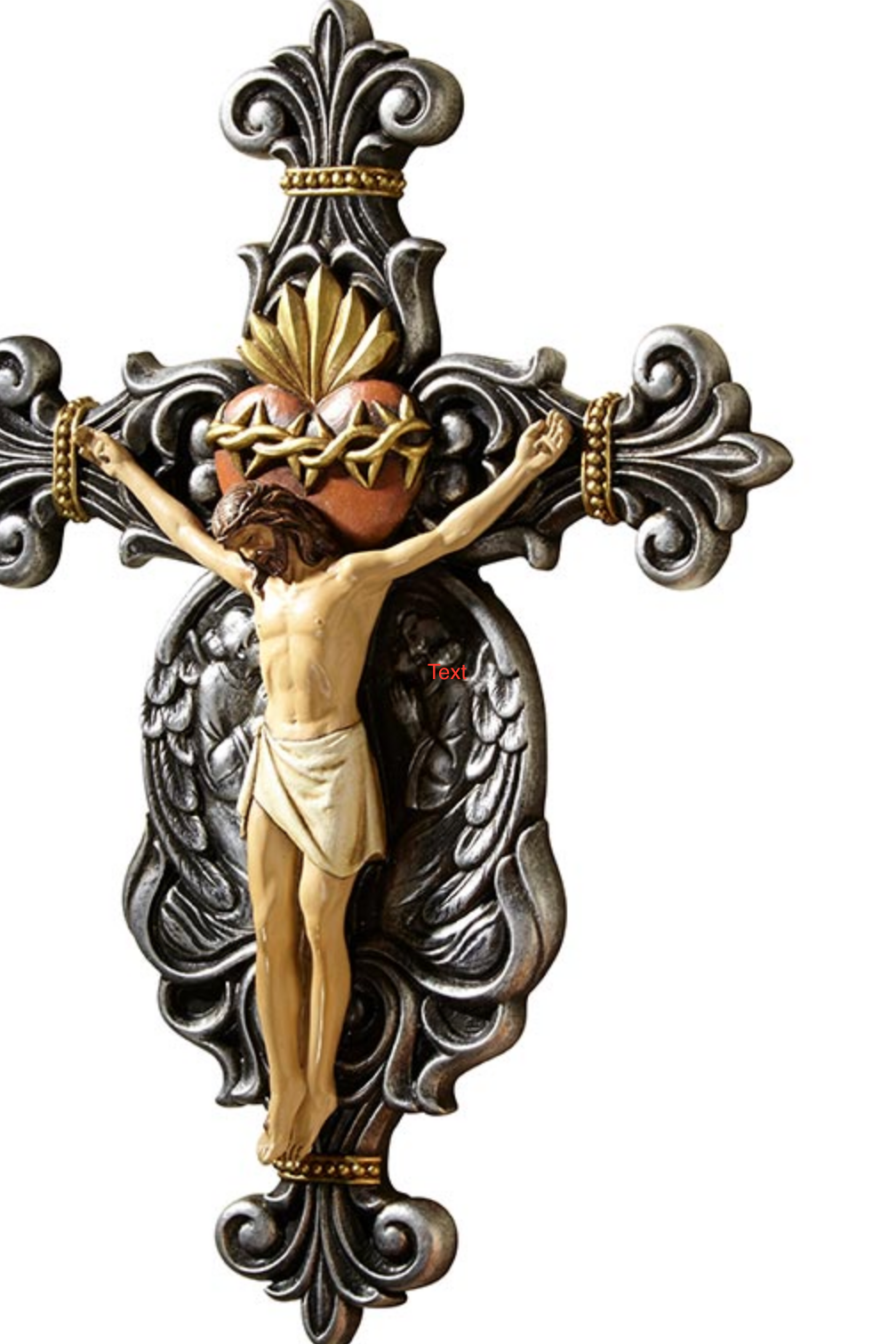The History and Significance of Catholic Icons and Statues
The History and Significance of Catholic Icons and Statues

Catholic icons and statues have been integral to the faith for centuries, serving as visual representations of the divine and as tools for devotion and prayer. These sacred images are not merely decorative; they hold deep spiritual significance and are revered by the faithful worldwide. In this blog post, we will explore the rich history of Catholic icons and statues, their role in the Church, and how they can enhance personal devotion.
The Origins of Catholic Icons and Statues:
The use of religious imagery dates back to the early Christian Church, where icons were used to teach the faithful about the lives of Jesus, Mary, and the saints. In a time when literacy was not widespread, these images served as a visual catechism, conveying complex theological concepts through art. The tradition of creating and venerating icons has its roots in the Eastern Orthodox Church, where iconography developed into a highly revered art form.
Statues, on the other hand, became more prominent in the Western Church during the Middle Ages. As Gothic cathedrals rose across Europe, sculptors created intricate statues of biblical figures and saints to adorn these sacred spaces. These statues were designed to inspire awe and devotion, drawing the faithful closer to the divine.
The Role of Icons and Statues in Catholic Worship:
In Catholicism, icons and statues are not worshipped themselves but are venerated as representations of the holy figures they depict. They serve as reminders of the presence of God and the saints, helping the faithful focus their prayers and meditation. Icons and statues can be found in churches, homes, and personal altars, providing a tangible connection to the spiritual world.
The Church teaches that these images can inspire devotion and encourage the faithful to emulate the virtues of the saints. For example, a statue of St. Francis of Assisi might inspire a devotion to simplicity and care for creation, while an icon of the Virgin Mary can encourage a deeper relationship with Christ through His mother.
The Artistic and Spiritual Significance:
Catholic icons and statues are often rich in symbolism and artistry. Iconographers and sculptors follow specific traditions and guidelines to ensure that their work conveys the intended spiritual message. For instance, the colors used in icons often have symbolic meanings: gold represents divine light, blue signifies heaven, and red symbolizes martyrdom.
The creation of an icon is considered a sacred act, often accompanied by prayer and fasting. This spiritual discipline is believed to imbue the icon with a sense of holiness, making it a powerful aid in prayer and contemplation.
Incorporating Icons and Statues into Personal Devotion:
For many Catholics, having icons and statues in their homes is an essential part of their spiritual practice. These sacred images can be placed in a dedicated prayer corner or altar, creating a space for reflection and connection with the divine. Lighting candles or incense before an icon or statue can enhance the atmosphere of prayer and meditation.
When selecting icons or statues for personal devotion, consider the figures that resonate most with your spiritual journey. Whether it's a beloved saint, a depiction of Christ, or an image of the Blessed Virgin Mary, these sacred images can serve as constant reminders of faith and inspiration.
Conclusion:
Catholic icons and statues hold a special place in the hearts of the faithful, bridging the gap between the earthly and the divine. Their rich history and spiritual significance continue to inspire devotion and deepen the faith of Catholics around the world. By incorporating these sacred images into your own spiritual practice, you can create a more profound connection with the divine and enrich your journey of faith.
Call to Action:
Explore our collection of Catholic icons and statues at Chicago Catholic Books and Gifts. Whether you're looking to enhance your personal devotion or find the perfect gift for a loved one, our selection offers something for everyone. Visit us today and discover the beauty and inspiration of these sacred images.


